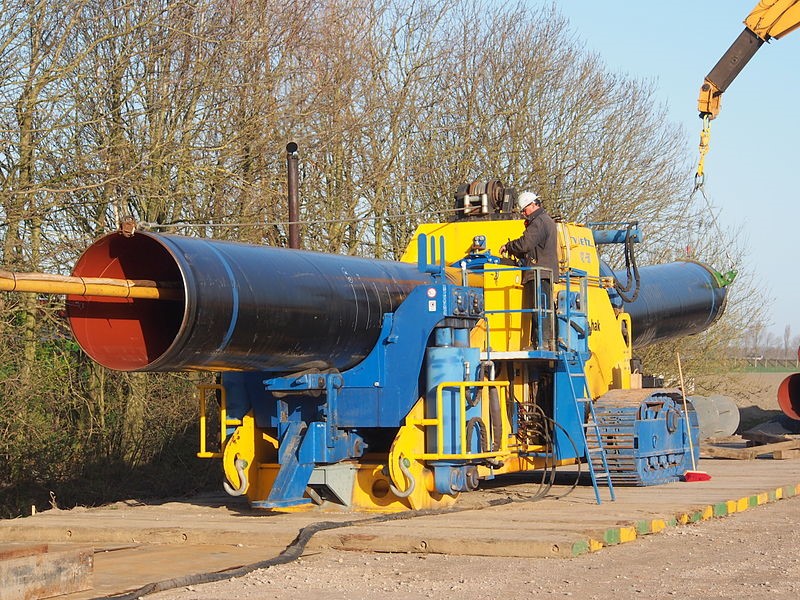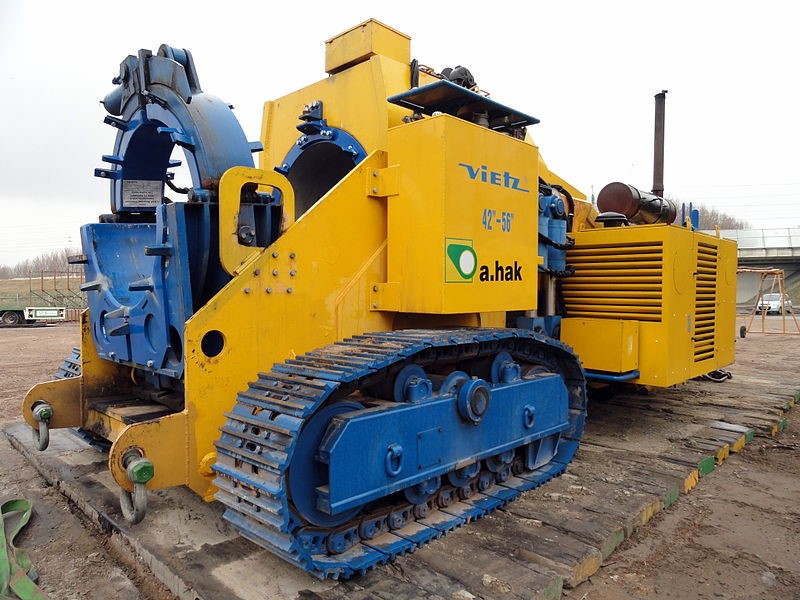
Pipes are used in a whole host of manufacturing and engineering processes and very often require bending before they can be put to use. So here we take a look at the basics of how pipes are bent using specialist machines.

Hand powered bending machines
There are two types of bending machine, handheld and powered. Both will usually have a built-in measure to ensure that you get the correct angle on the pipe. Hand powered machines usually come with a stand or need to be clamped to a bench to ensure they are level. With that sorted open the latch and slide the tube into the groove, then close the latch gently to hold it in place.
Now lower the handle until the rollers rest against the tube, make sure the indicator is at zero degrees. Now tighten the latch to hold the tube firmly, then press the handle down until the indicator shows the angle of bend you want to achieve. Undo the latch to release your newly bent tube.

Hydraulic machines
For thicker tubes you need something with a bit more power. This is where hydraulic powered bending machines such as the Euromac bending machines range come into play. These are connected to an air compressor or hydraulic pump.
Any manufacturing area where machinery is in use must have strict working guidelines and the Health and Safety Executive publishes this guidance for reference http://www.hse.gov.uk/toolbox/machinery/safety.htm.
The basic principle of using the machine is the same. First, you set the machine’s groove to the diameter of pipe you need to bend. Slide in the pipe so that the bit where you want to bend is level with zero on the angle measure.
Switch on the machine and when you’re ready release the safety lock, keep an eye on the angle measure. When the indicator gets to the amount of bend you want close the safety lock and switch off the machine before removing the pipe.
As we have already mentioned, as with any powered machine tool it is important to take safety precautions. Avoid wearing loose fitting clothing or jewellery. Keep long hair tied back out of the way and keep your hands well away from the moving parts of the machine when it’s in operation.
